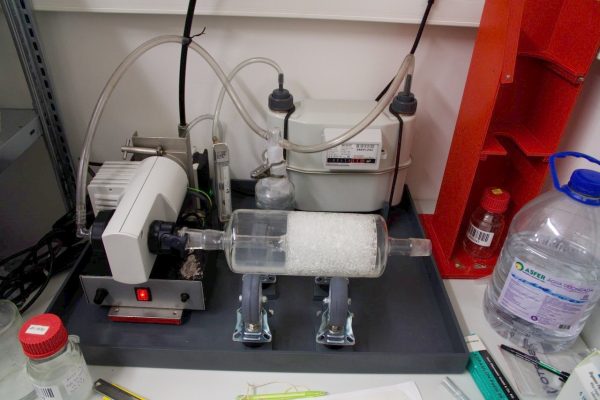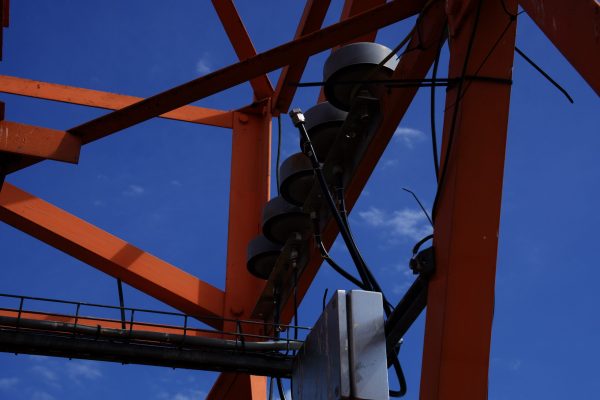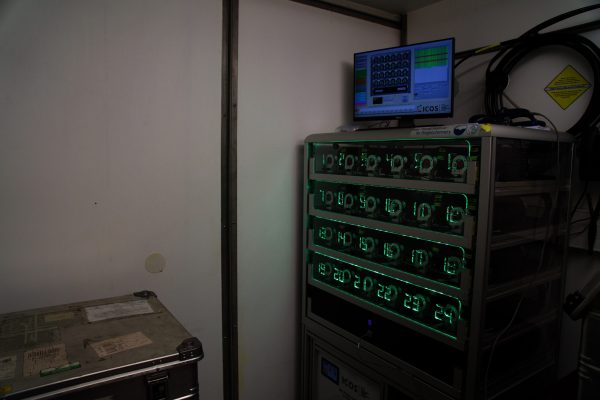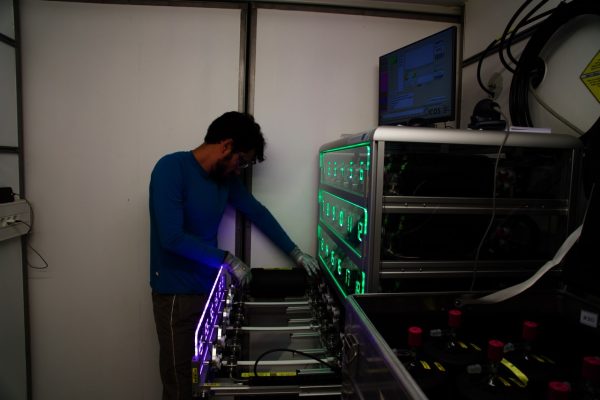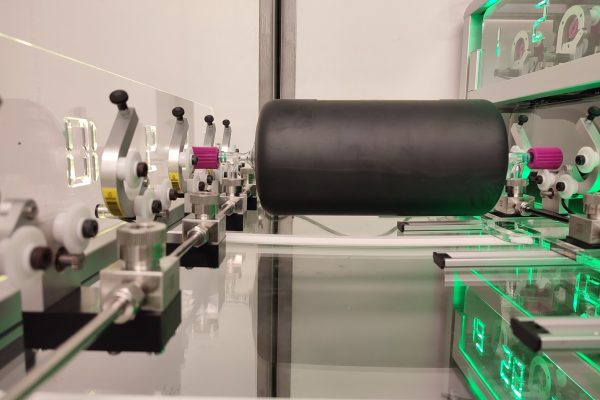Abstract
The Amazon forest is the largest source of Volatile Organic Compounds (VOCs) to the global atmosphere. Yet current VOC model emission estimates have high uncertainties. They are mostly attributed to our lack of observational studies at different scales and to our difficulties in assessing emission variability caused by the biodiversity of this ecosystem. The more than 16,000 high tree species in the Amazon forest have largely discouraged generalizations and hindered advances in understanding and modeling.
An extensive tree survey reported that more than 50% of the carbon storage and cycling is accounted for by <1% of the hyperdominant tree species. Thus, one could hypothesize that hyperdominant tree species dominate the regional atmospheric emissions of VOCs over the Amazon forest. Also, the litter and surrounding soil of hyperdominant tree species may play an important role in VOC exchanges. Therefore, progress in the VOC emission modeling depends on a better understanding of the effect of tree biodiversity and on studying the ecosystem at different scales from soil to atmosphere.
In addition, parts of the Amazon Forest are typically deforested for agriculture or pasture but are often abandoned when productivity declines after a short period of use. As trees gradually regrow in these abandoned areas, they show a very different species composition than the original forests that were cut down, with an effect on VOC emissions and associated forest-atmosphere interactions.
In this context, an integrative approach is crucial to identify sources and sinks of VOCs at the soil-vegetation-atmosphere interface and elucidates the processes and mechanisms associated with biogeochemical cycles and the carbon budget of primary and disturbed forests in the Amazon, which are within the ATTO project goals.
Main objectives and activities
- development of a bottom-up approach to characterize VOC emissions measured at different scales – soil, litter, and trees
- development of a top-down approach with the use of unmanned aerial vehicles for the characterization of VOC emissions in ATTO and disturbed forests (Tanguro project)
- identification of chemical species of VOCs that are plant/ecosystem stress indicators
- scaling and interpretation of the collected data with data from tower measurements, plant inventories and model developments (MEGAN)
Team
- Eliane Gomes Alves, MPI-BGC and INPA
- Michelle Robin, MPI-BGC
- Débora Pinheiro Oliveira, INPA
- Murielli Caetano, INPA
- Christine Römermann, FSU Jena
- Hella van Asperen, MPI-BGC
- Flávia Durgante, KIT
- Florian Wittmann, KIT
- Jochen Schöngart, INPA
- Maria Teresa F. Piedade, INPA
- Sergio Duvoisin, UEA
- Achim Edtbauer, MPIC
- Joseph Byron, MPIC
- Jonathan Williams, MPIC
- Juliana Schietti, UFAM
- Tyeen Taylor, U. Michigan
- Cleo Quaresma, IFPA and INPA
- Raoni Aquino, UFOPA
- Bruce Nelson, INPA
- Paulo Brando, Yale U.
- Alex Guenther, UCI
- Jürgen Kesselmeier, MPIC
- Susan Trumbore, MPI-BGC


